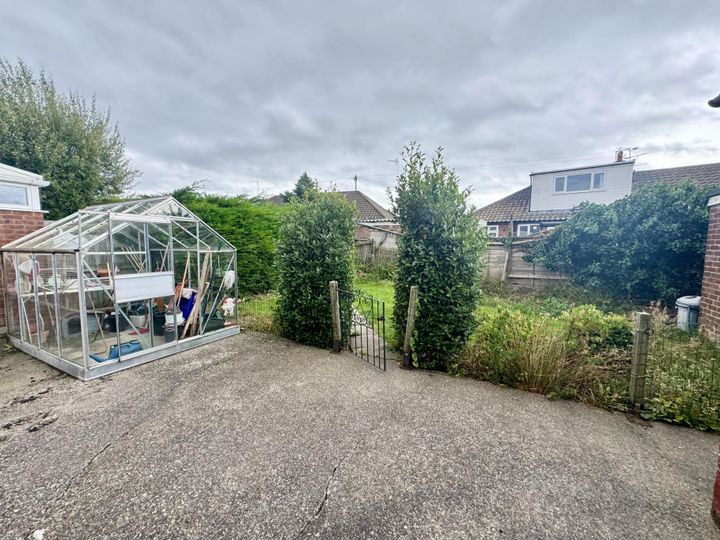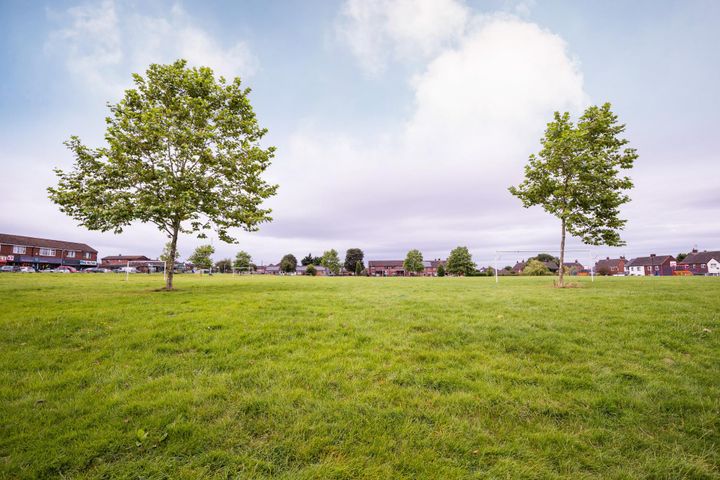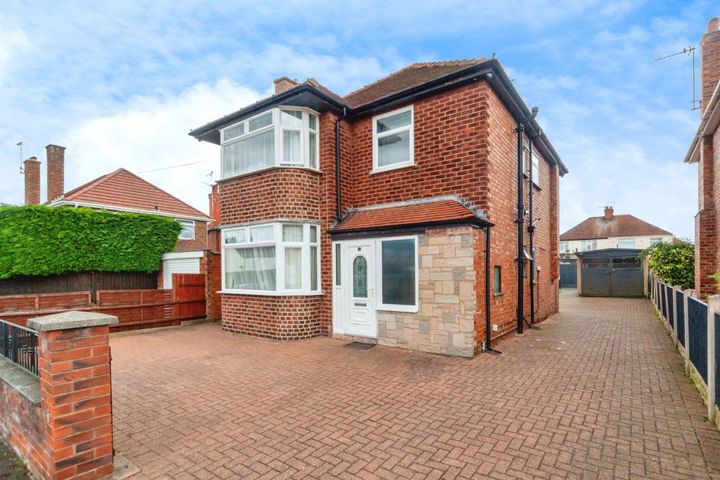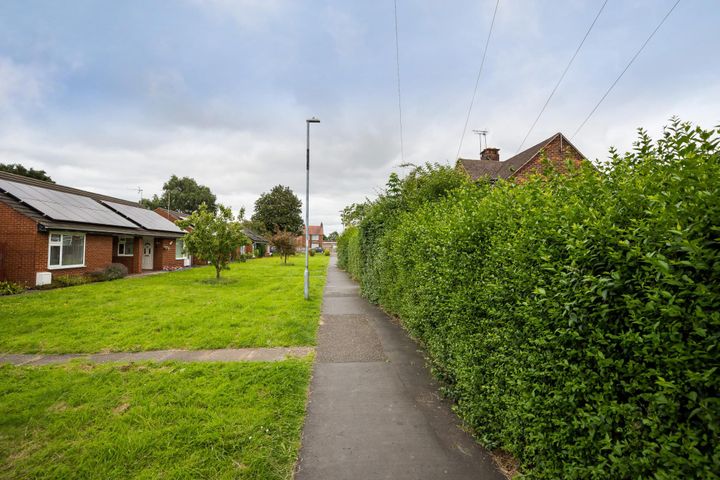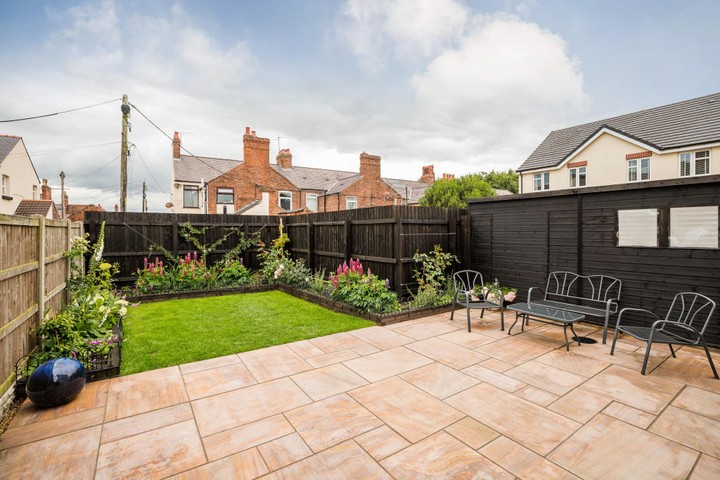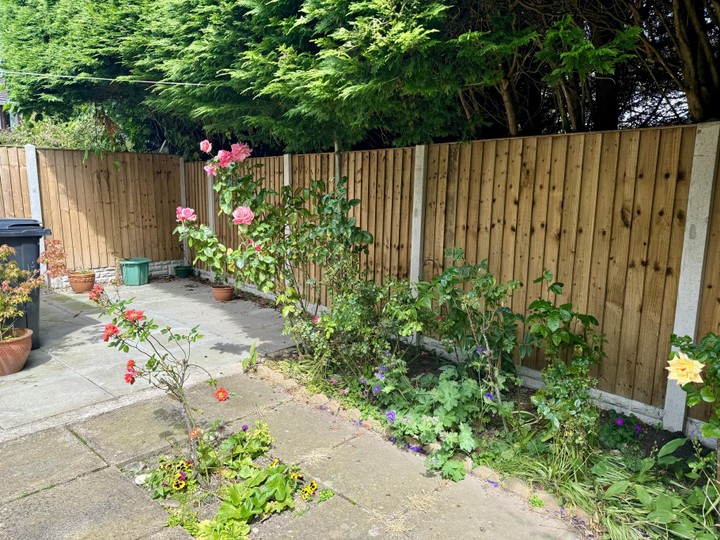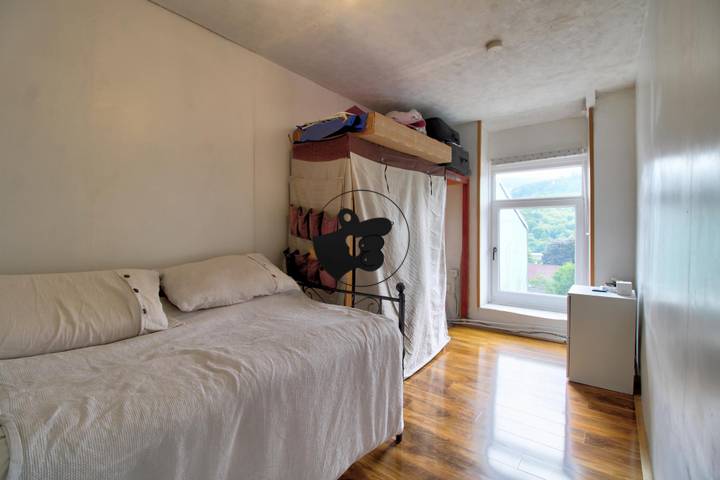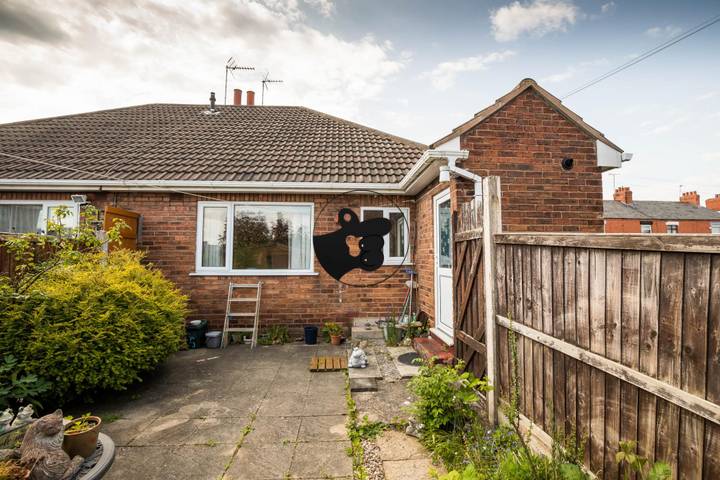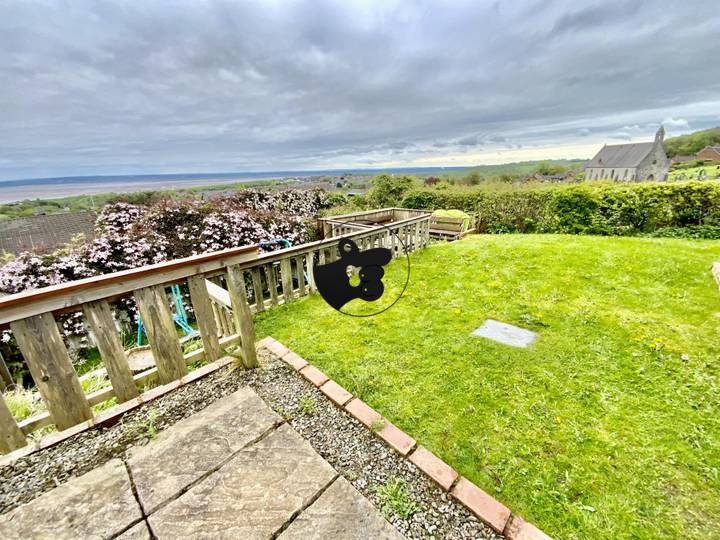Real estate prices in Flintshire are influenced by a variety of factors, including location, infrastructure, and local amenities. Areas closer to major transport links, such as the A55 dual carriageway or train stations offering direct services to Liverpool and Chester, often see higher demand and prices. For example, towns like Mold and Buckley benefit from their proximity to these transport networks, which attract buyers looking for commuting options. Additionally, the quality of schools and healthcare facilities in the region plays a significant role; areas with well-rated schools or proximity to healthcare services, like Deeside, are frequently more sought after. Other factors include the overall economic health of the region, influenced by the presence of industrial parks and businesses that create local employment opportunities, as well as historical and cultural attractions that can enhance the desirability of certain neighborhoods. Lastly, the broader housing market trends, including interest rates and availability of mortgages, also impact property prices in Flintshire.
Flintshire
Location
Price Range
Any price
Price Range
Minimum
No min
Maximum
No max
Property type
Show all
Property type
Show all
House
Apartment
Building
Other
Bedrooms
Any beds
Bedrooms
Minimum
No min
Maximum
No max
Surface Range
Any surface
Surface Range
Minimum
No min
Maximum
No max
Sale type
For sale
Sale type
Show all
To rent
For sale
Location
Apartments and houses for sale in Flintshire
13 results
Recent
Flintshire insights
| Aspect | Summary |
|---|---|
| Population | 155,000 |
| Average Property Price | £190,000 |
| Rental Yield | 5.5% |
| Average Rent | £850 |
| Occupancy Rate | 94% |
| Capital Growth Rate | 3% annually |
| Property Tax | £1,200 |
| Transaction Costs | 3-5% |
| Expected ROI | 8% per year |
| Economic Growth Impact | Stable, with local industries growing |
Flintshire FAQ
What factors influence real estate prices in Flintshire?
How have property prices changed in Flintshire over the last year?
Over the last year, property prices in Flintshire have shown a notable increase, with average prices rising approximately 7% compared to the previous year. For instance, the average semi-detached home has seen prices climb from around £185,000 to about £198,500. Particularly in areas like Mold and Buckley, demand has surged, driving prices higher as buyers seek homes in locations with good commuting links to larger cities like Chester and Liverpool. In contrast, more rural areas have experienced steadier growth, with properties in regions like Holywell increasing at a more modest rate of around 3%. The rise in prices is attributed to a combination of low inventory and continued interest from both first-time buyers and investors, as the area remains attractive for its affordability when compared to neighboring regions.
What is the average house price in Flintshire?
As of 2023, the average house price in Flintshire stands around £226,000. This figure can vary significantly depending on the location and type of property. For instance, in the town of Mold, prices hover around £250,000, reflecting its popularity and amenities. In contrast, areas like Buckley and Connah’s Quay tend to have lower averages, around £220,000, catering to families and first-time buyers. Detached properties in Flintshire can push the average higher, with some going over £400,000, while more affordable options like terraced houses can be found starting at approximately £150,000. Additionally, factors such as proximity to transport links and local schools also play a crucial role in influencing these prices.
Are there specific neighborhoods in Flintshire with higher property values?
Flintshire, located in North East Wales, features several neighborhoods with varying property values influenced by factors such as amenities, schools, and transport links. For instance, Mold, the county's administrative center, is known for its vibrant town center, historical sites, and access to the A55 expressway, which makes it a desirable area for homebuyers, often commanding higher property prices. Another notable area is Hawarden, which has attracted families and professionals due to its reputable schools and proximity to Chester, resulting in an increase in property values. In contrast, communities like Flint and Connah's Quay may have more affordable housing options, with property values lower than those found in Mold and Hawarden, reflecting different market dynamics and buyer preferences. Areas near Deeside, with industrial developments and employment opportunities, also impact local property markets, making them competitive yet varied in value.
How does the cost of living in Flintshire compare to other regions?
The cost of living in Flintshire is generally lower than in many urban areas of the UK, particularly compared to cities like London or Manchester. Housing prices in Flintshire tend to be more affordable, with average property prices around £200,000, which is significantly cheaper than the national average. Additionally, rental costs are also lower, making it an attractive option for families and individuals seeking more space for less money. Groceries and everyday expenses in Flintshire can be more economical as well, with local markets and supermarkets often offering better prices compared to larger city centers. Public transport costs, while relatively reasonable, are not as extensive as in metropolitan areas, which can impact overall commuting expenses. However, while some services and amenities may be more accessible in larger cities, Flintshire offers a more budget-friendly lifestyle for its residents.
What amenities affect property prices in Flintshire?
Several amenities significantly influence property prices in Flintshire. Proximity to good schools, such as the highly-rated Mold Alun School, often drives demand, especially among families seeking quality education for their children. Access to transport links, particularly the A55 dual carriageway and the proximity to train stations like Flint and Shotton, is crucial, as it connects residents to major cities like Chester and Liverpool. Local shopping facilities, including the increasingly popular retail areas in Mold and Flint town centres, can enhance property values by providing convenient access to essential services. Recreational facilities, such as the scenic Loggerheads Country Park and various sports clubs, contribute to a desirable lifestyle, further attracting potential buyers and affecting property prices. Additionally, healthcare amenities like the Flint Community Hospital add to the area's appeal, making properties in nearby locations more sought after.
Is it a good time to invest in Flintshire real estate?
Investing in Flintshire real estate may be influenced by several factors currently shaping the market. The area has experienced moderate growth in property values over the past few years, driven by its proximity to major cities like Chester and Liverpool, which has made it an attractive option for commuters seeking more affordable housing. For instance, properties in towns like Mold and Wrexham have seen demand rise, particularly due to the increase in remote working trends that allow buyers to relocate. Additionally, Flintshire’s diverse range of offerings, from scenic countryside to urban amenities, could appeal to both first-time buyers and investors looking for rental opportunities. However, potential investors should consider local economic indicators, such as employment rates and infrastructure developments, including the new improvements to transport links that aim to enhance connectivity to major regions.


